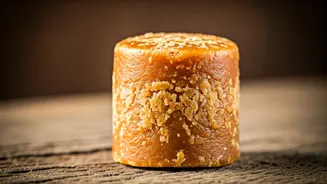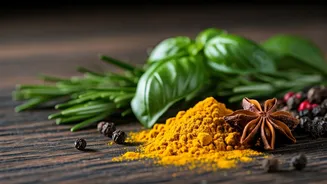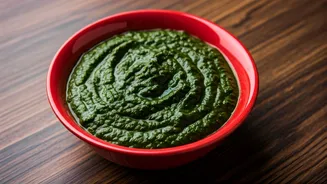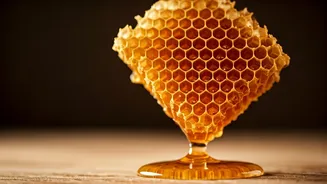Jaggery's Allure Explained
Jaggery, an unrefined sugar made from sugarcane juice or palm sap, is a staple in many Indian households, revered for its rich taste and perceived health
benefits. Unlike refined sugar, jaggery retains some of the molasses, giving it a unique flavor profile and a darker color. However, with its rising popularity, the market is flooded with products that may not be entirely authentic. This necessitates consumers to develop a keen eye for quality. Genuine jaggery is typically produced using traditional methods, which can impact its composition and properties, making its identification a key aspect for those seeking its true essence. The natural processing methods of jaggery make it a complex product, and understanding its nuances is important for discerning its authenticity.
Color and Appearance
One of the first indicators of jaggery's authenticity lies in its color. Genuine jaggery can vary in shade from light golden brown to dark brown, depending on the source of the sap and the method of processing. However, a uniform, overly bright appearance can be a red flag, as this may indicate the presence of additives or artificial coloring. Authentic jaggery often has a natural, somewhat uneven appearance due to the traditional production methods. Avoid jaggery that looks unnaturally clear or translucent. Check for any visible impurities; authentic jaggery might contain small, natural particles that are typical of unprocessed sugars. The variations in color are a result of the natural composition of the sap and the way it is processed, making it crucial to assess the appearance carefully.
Texture and Consistency
Texture is another crucial aspect in determining the authenticity of jaggery. Genuine jaggery typically has a firm but not overly hard texture. It should be easy to break or crumble, but not brittle. The texture is usually a result of how the jaggery is cooled and set after processing. Watch out for jaggery that is excessively hard, as this may suggest the inclusion of stabilizers or other additives. The natural jaggery should have some degree of moisture, though not so much that it feels sticky or damp. A dry, crumbly texture is not always indicative of quality. The consistency should be assessed by both touch and appearance. Examine for any unusual crystallization patterns or artificial smoothness, as these could signal processing irregularities or the use of unnatural additives.
Aroma and Flavor
The aroma and flavor of jaggery are key characteristics that distinguish it from imitations. Authentic jaggery has a rich, caramel-like scent with subtle undertones, depending on the source. The flavor profile will usually vary slightly, but it should be a complex blend of sweetness with hints of molasses. Avoid jaggery that has a purely sugary, bland taste or any artificial scent. The natural flavor reflects the traditional method of production and the purity of the ingredients. When tasting jaggery, pay attention to the lingering aftertaste, which will often have a unique flavor characteristic. A harsh, chemically taste is a red flag. The flavor experience is a direct reflection of the quality and authenticity of the jaggery, and should be the final test of authenticity.
The Taste Test
Before purchasing jaggery, conduct a simple taste test to assess its authenticity. Take a small piece of the jaggery and let it dissolve in your mouth. Authentic jaggery should melt smoothly and release a deep, satisfying flavor without any unusual aftertastes. Notice the initial sweetness and any subsequent flavors or notes. If the jaggery tastes purely sweet with no complex undertones, it may not be authentic. Consider the mouthfeel and texture as the jaggery dissolves. A genuine product should provide a pleasant, non-gritty experience. Be wary of jaggery that has an unnatural sweetness, which may indicate that it contains refined sugar or artificial sweeteners. The overall taste experience is a crucial part in the verification of jaggery’s authenticity.
Buying From Reliable Sources
To ensure you purchase authentic jaggery, always buy it from reputable sources. Look for vendors who are known for their quality and transparency. Consider local markets, organic stores, or farmers' markets, where the source and production methods are typically more transparent. Ask questions about the origin of the jaggery, how it is made, and the ingredients used. Genuine vendors are often proud to share information about their products. Check for certifications, such as organic certifications, which indicate adherence to specific production standards. Avoid purchasing jaggery from unknown or untrusted sources. Examining the packaging details for information about the manufacturer and any certifications is also crucial, offering extra assurances of the product’s authenticity. This practice reduces the risk of consuming fake or low-quality jaggery.









